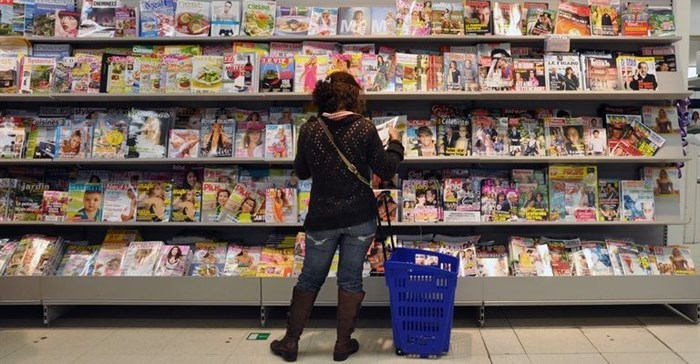
There has always been a lot of hoo-ha about circulation and, perhaps more importantly, numbers of readers.
Whilst many astute planners and strategists have grasped the nettle and understand what declining circulations mean, many others, sadly, have not.
I still see publishers (and broadcasters for that matter) desperately chasing after, and promoting, total readers/listeners/viewers. This amazes me.
I remember once, a few years back, Saarf adjusted its criteria for evaluating readers. Among some of the results was that one particular publication had its readership numbers recalculated by about 200,000. His reaction was to wail, “where are my 200,000 readers? You've stolen them!”
I called him an idiot at the time and patiently explained that he had the same number of readers today as he did yesterday. He'd lost nothing. His advertisers had lost nothing. The previous numbers were simply wrong – that's all. But he wouldn't have it and insisted he was being mugged.
That kind of reaction was, maybe, one of the first cracks in industry-supported research. But remember, the Audit Bureau of Circulations is close to in-viable and readership/listeners/viewers has always been a second runner to that.
There have always been surveys produced by media houses (some good, some awful) but whilst we had Amps around they were overshadowed. Spurious “research” was given a wide berth by the smart money.
In the meantime, total magazine circulation fell 11.7% in the fourth quarter of 2016 from the same period in 2015. On the other hand, custom magazines (retail publications, for example) increased by 2.2%. (Sunday Times’ interpretation of ABC reports) This is important, so read on.
Now Saarf and Amps have gone, this proliferation of “surveys” will, in my view, mushroom. In doing so it's going to take some wily experts to sort out the exaggerations from the truth.
And the reason for these surveys is the total obsession with chasing the “total number of readers” which, as many will agree, is akin to absolute nonsense.
The question is not how many readers you have but how much of a given market your publication influences.
For example. I recently moved away from an upmarket Cape Town estate (to move to the winelands, but that's another story). So all my neighbours were, by definition I suppose, “rich”.
That's okay.
But if you want to market a product that appeals to those who have high disposable income, then it certainly is not okay to concentrate on that estate. Many living there don't have much disposable income.
I often used to ponder this as I walked my dog around. I knew that about half the houses were rented. These tenants were paying between R25,000 and R50,000 monthly. Let's average that out at, say, R35,000.
Outside each house, invariably, were two cars and, perhaps, a boat or a Harley. My guess is that the cars, at least, were leased and, at a guess, the payments would have been around R10,000 each. So that's another R20,000.
Then there are school fees (some of them huge amounts) and, of course, golf club memberships, holidays etc. The list is a long one and many of those residents must have had harrowing month-ends trying to balance some kind of budget.
You can do the maths yourself but I reckon the average total of “debt” (including rent) was probably around R100,000, which had to be found out of after tax money.
Those kinds of consumers are not “high-disposable incomes” so advertising to them is rather a waste. However, if you're advertising products attached to more debt then you may be on to something. Oh, but hold on, it's going to get very tough to qualify for credit these days (and in the foreseeable future) so perhaps selling on credit is going to lose some of its cache.
Publishers should push the quality of their readers. Not the quantity. And “quality” does not equal “rich”.
By the way, quality of content is also vital – but I'll save that for another time.
All this supports the theory that to reach your market you should think carefully about who is reading your message (hence “retailer club magazines” which have grown – so readers aren't stupid).
The best form of research, as the late John Farquhar would say, is to get out there to meet and understand your consumer (which, in the publishers market, is readers – who they are and what they do). Then, and only then, can you go to the more obvious advertisers and do your thing.
Until then, you really don't have a clue what your circulation numbers mean at all, do you?
Circulations are falling and that's not all bad news. Really.
